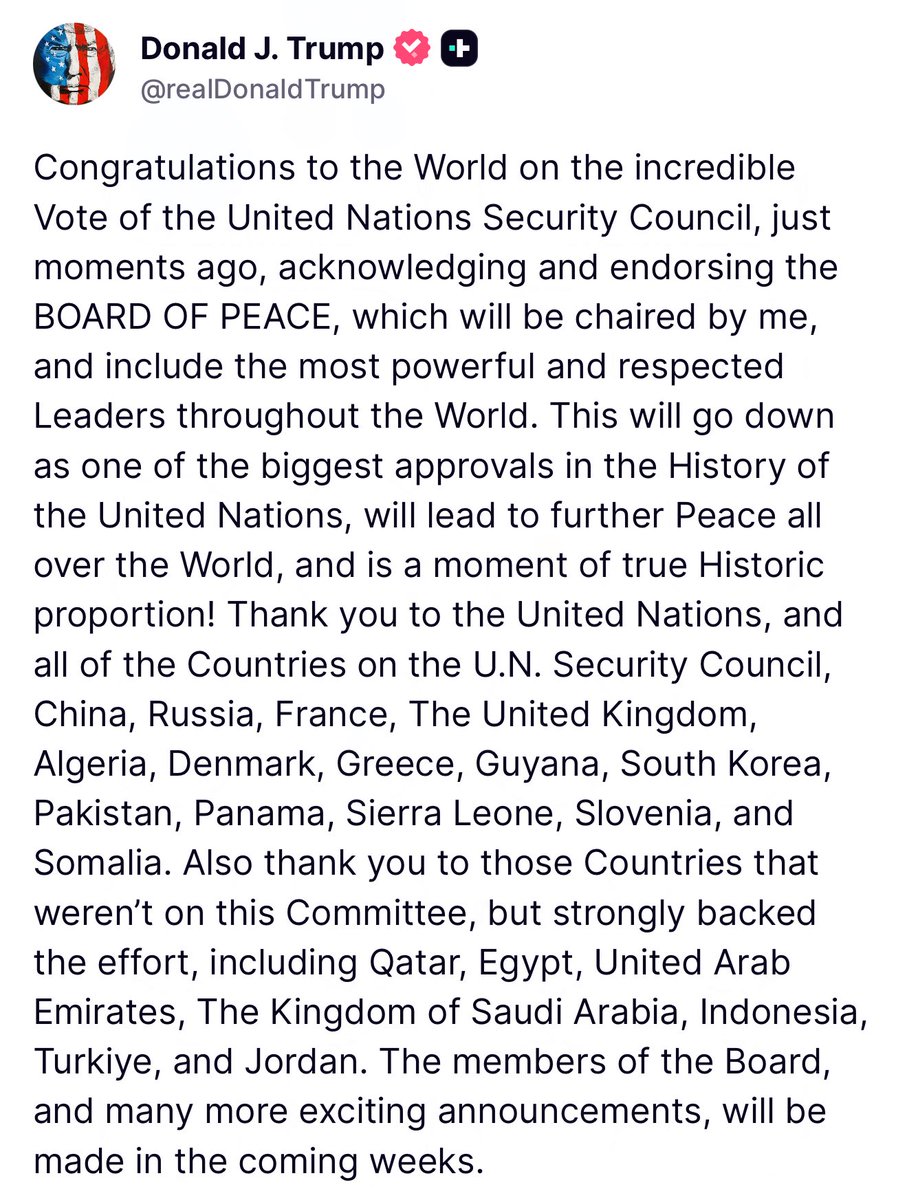Trump Advocates for H-1B Visas to Strengthen U.S. Semiconductor Industry
In a recent discussion, former President Donald Trump emphasized the necessity of H-1B visas to bolster the United States' semiconductor market. Speaking to reporters, Trump highlighted the critical shortage of skilled labor in the chip manufacturing sector, which he believes necessitates the hiring of foreign talent.
“Until they learn that, yeah. Like for instance, if you’re going to be making chips. We don’t make chips too much here anymore, but we are going to be, and in a period of a year, we’re going to have a big portion of the chip market,” Trump stated. His remarks come at a time when the U.S. government is actively seeking to revitalize domestic chip production in response to global supply chain disruptions and increasing competition from countries like China.
The semiconductor industry has been under significant strain, particularly during the COVID-19 pandemic, which exposed vulnerabilities in supply chains and led to widespread shortages of electronic components. As the demand for chips continues to rise, particularly in sectors such as automotive and consumer electronics, the need for skilled engineers and technicians has become increasingly urgent.
Trump's call for an expansion of the H-1B visa program reflects a broader concern among industry leaders and policymakers regarding the availability of qualified workers. The H-1B visa program allows U.S. companies to temporarily employ foreign workers in specialty occupations, including technology and engineering roles. Advocates argue that expanding this program could help fill critical gaps in the workforce and accelerate the growth of the domestic semiconductor industry.
As the U.S. government aims to increase its share of the global chip market, discussions around immigration policy and workforce development are likely to remain at the forefront of the national agenda. The push for H-1B visas may play a pivotal role in shaping the future of the semiconductor sector and ensuring that the United States remains competitive in the global technology landscape.




